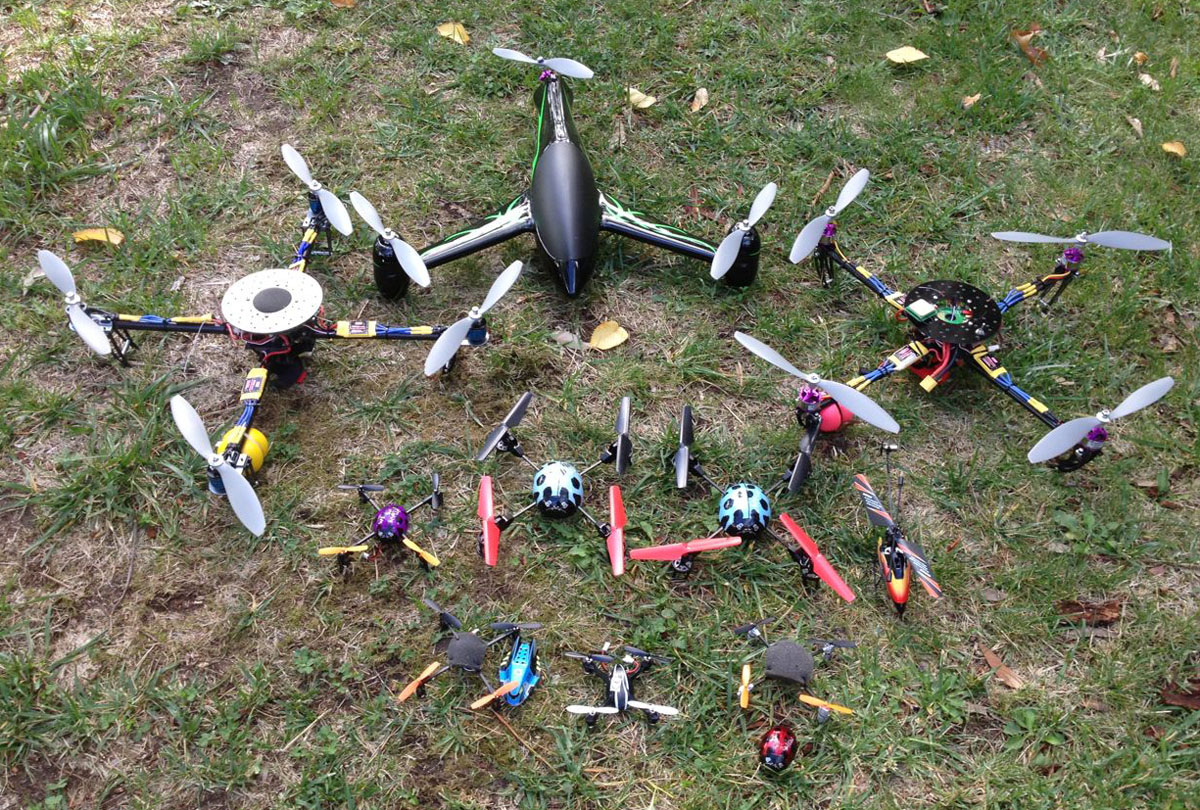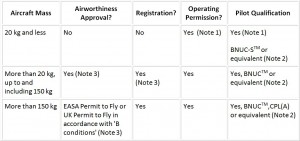
April 24, 2015, by Simone Paternostro
Where, When and How can a UAV be used? (Part 1)
Are you a big fan of Unmanned Aerial Vehicles (UAV/‘Drones’)? Have you received one as a Christmas or birthday gift? Awesome! But be careful where you decide to fly your new “toy”, as each country has its own regulations for the use of these new and amazing devices. In this article we will explore the different approaches various countries have used to regulate this new “invasion” of the sky.
First of all let’s start with the definition of a UAV (you can find an interesting history of UAVs on Wikipedia):
– An Unmanned Aerial Vehicle (UAV) is an aircraft which has no onboard crew or passengers. UAVs can be controlled automatically by computers or operated by remote controls.
UAVs were initially developed for military use, but in the last year the cost of these systems has dropped quickly, making them more accessible for commercial purpose and many companies, small businesses and entrepreneurs started to develop new products available also for leisure.
These new devices became very popular with model airplane hobbyists but also with non-expert fans. Especially, the proliferation of the use of UAVs by the latter has raised some concerns related to security and privacy, since most of these devices carry a camera. For these reasons almost all the national aviation organizations began to define regulations and laws to control and administer the development of the new technologies in order to avoid accidents and hazards (e.g. flying in restricted military sites, public events, in proximity of airfields or at altitudes with other manned aircraft), but they are far from complete whilst occasionally being quite unclear.
The UK
Let’s start by analyzing the current UK regulations (full details can be found on the Civil Aviation Authority (CAA) website, CAP 722 and articles 166 and 167 of CAP 393); the commercial use of UAVs is tightly regulated with specific qualifications and permissions required to operate. First of all the UAVs are categorized in the Air Navigation Order (ANO) by weight (we will see that a similar classification is used in other countries too):
Note 1) Applicable from 1 January 2010 for aircraft used for Aerial Work purposes or if flown within a congested area and/or close to people or property.
Note 2) Equivalent pilot experience will be considered on a case-by-case basis during application for an operating permission.
Note 3) It may be possible to obtain certain exemptions from the airworthiness and registration requirements.
However the recreational use of UAVs is a completely different challenge. It is very easy to buy and use one without any training or knowledge of the airspace rules, highlighting the need to support recreational operators in understanding their responsibilities as airspace users:
– UAVs weighing more than 20kg – follow the same regulations stated in the previous table.
– UAVs weighing less than 20kg but over 7kg – Flights have to take place within a controlled airspace and operators are required to seek approval from the relevant Air Traffic Control unit of the area.
– UAVs weighing less than 7kg – the operators just need to check details of the relevant local air traffic service unit.
For more information on how and who to contact for approval, use the following link:
In any case, the three categories have to comply with the rules stated in articles 166 and 167 of CAP 393, which are:
Article 166
- A person shall not cause or permit any article or animal (whether or not attached to a parachute) to be dropped from a small aircraft so as to endanger persons or property.
- The person in charge of a small unmanned aircraft may only fly the aircraft if reasonably satisfied that the flight can safely be made.
- The person in charge of a small unmanned aircraft must maintain direct, unaided visual contact with the aircraft sufficient to monitor its flight path in relation to other aircraft, persons, vehicles, vessels and structures for the purpose of avoiding collisions. (this means the use of goggles or monitors to fly the UAV is not allowed)
- The person in charge of a small unmanned aircraft which has a mass of more than 7 kg excluding its fuel but including any articles installed in or attached to the aircraft at the commencement of its flight, must not fly such an aircraft:
| a) | in Class A, C, D or E airspace unless the permission of the appropriate air traffic control unit has been obtained; |
| b) | within an aerodrome traffic zone during the notified hours of watch of the air traffic unit (if any) at that aerodrome unless the permission of any such air traffic control unit has been obtained; or |
| c) | at a height of more than 400 feet above the surface unless it is flying in airspace described in sub-paragraph (a) or (b) above and in accordance with the requirements for that airspace. |
- The person in charge of a small unmanned aircraft must not fly such an aircraft for the purposes of aerial work* except in accordance with a permission granted by the CAA.
(*aerial work means earning money by using a UAV for a job)
Small Unmanned Surveillance Aircraft
Article 167
- The person in charge of a small unmanned surveillance aircraft must not fly the aircraft in any of the circumstances described in paragraph (2) except in accordance with a permission issued by the CAA.
- The circumstances referred to in paragraph (1) are:
| a) | over or within 150 metres of any congested area; |
| b) |
over or within 150 metres of an organised open-air assembly of more than 1,000 persons; |
| c) | within 50 metres of any vessel, vehicle or structure which is not under the control of the person in charge of the aircraft; or |
| d) | subject to paragraphs (3) and (4), within 50 metres of any person. |
- Subject to paragraph (4), during take-off or landing, a small unmanned surveillance aircraft must not be flown within 30 metres of any person.
- Paragraphs (2)(d) and (3) do not apply to the person in charge of the small unmanned surveillance aircraft or a person under the control of the person in charge of the aircraft.
- In this article ‘a small unmanned surveillance aircraft’ means a small unmanned aircraft which is equipped to undertake any form of surveillance or data acquisition.
In conclusion, if you own a UAV, have fun but fly safe!
In the next article we will look at the regulations in other countries around the world
Useful links:
http://www.caa.co.uk/default.aspx?catid=1995
No comments yet, fill out a comment to be the first


Leave a Reply